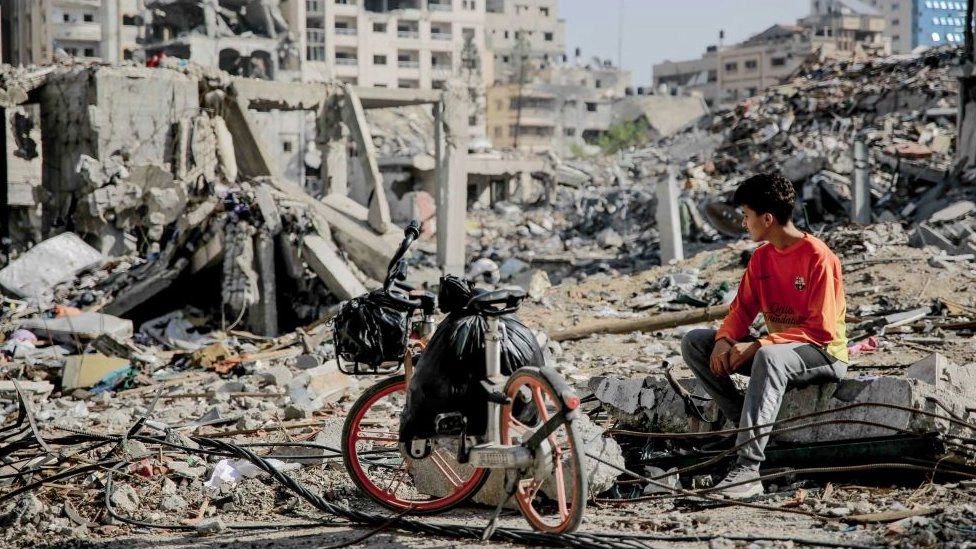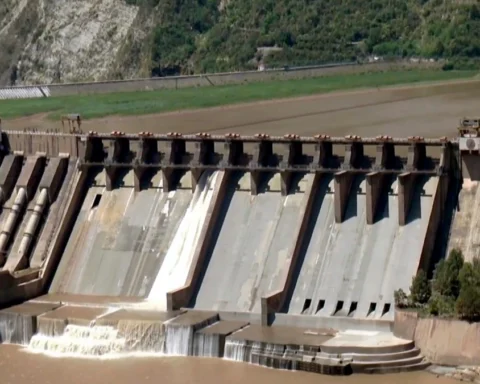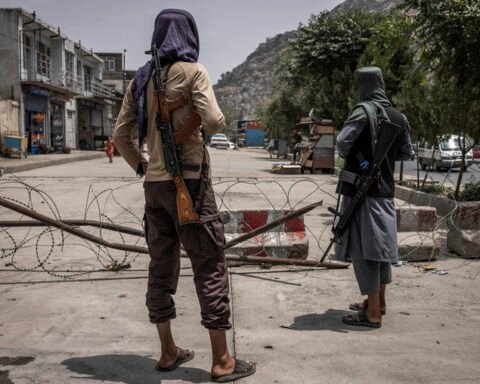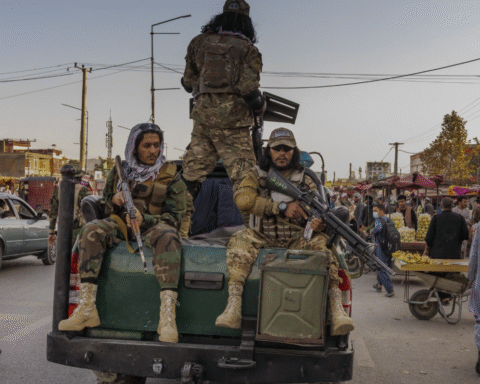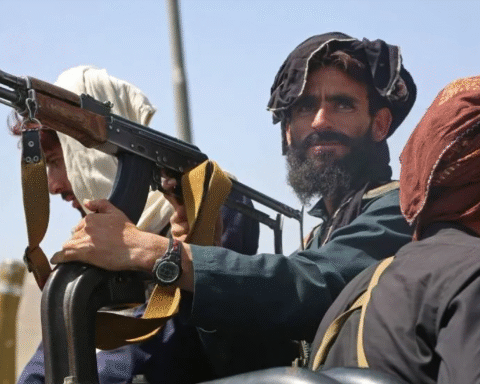Why Ceasefire to Stalemates Continue to Fail in Trump-Netanyahu Diplomacy
New Chapter or a Same Pattern?
The recent encounter in July 2025 between the U.S. president Donald Trump and the Israeli Prime Minister Benjamin Netanyahu has once more shifted the focus of the entire world to the Gaza crisis. Although diplomatic urgency is demonstrated in such high-profile talks, the failure to convert tempestuous ceasefires into sustainable peace constantly reveals some fundamental structural problems and trust deficit. That failure is one of failed diplomacy, but more so, it is a realization of the serious lack of policy that will need to be bridged before a lasting solution is ever to be found.
Ceasefire Agreements: Band-Aids to a Long-Lasting Problem
Why does Gaza truce keep failing?
Truces between Israel and Hamas have now become monotonous aspects of the conflict after which violence gains momentum once again. Such negotiations present temporary reliefs, but they never settle the underlying differences. They tend to be reactive and happen because of pressure exacerbated globally to stop war but not designed to withstand the political issues.
Urgent Diplomacy
The entrance of Trump into the diplomatic world and this interaction with Netanyahu have led to the belief that there might be a resurrection of a possible American involvement in the peace of the Middle East region. Such work, however, can turn out to be just a symbolic one unless structural reforms and inclusive negotiations are organized.
The Invisible Blockade: The Palestinians Fragmentation in Politics
Hamas against Palestinian Authority: A House Divided
The intra-Palestinian divide is one of the most neglected issues but at the same time very important. Gaza is led by Hamas whereas the West Bank by Palestine Authority (PA). Such division implies that instead of having one partner with whom comprehensive negotiations can take place, Israel and the international mediators are unable to hold talks with a unified Palestinian representative body, which eliminates the legitimacy and sustainability of any agreement.
No United Voice, no United Peace
Any agreement in absence of political reconciliation between Hamas and the PA is none other than flawed. There is no Palestinian consensus behind ceasefires with Hamas, and this undermines any long-running agreement.
Anything that poses a barrier to lasting peace is the Security-First Approach of Israel.
Instead of political solution, it is military deterrence.
The policies of Netanyahu are still to give priority to rapid security instead of finding long-term political solutions. The employment of military power again and the maintenance of the Gaza blockade represents the policy of containment instead of resolution.
The Dodge of the Hard Questions
Sensitive concerns such as settlements expansion, economic asphyxiation in Gaza and East Jerusalem status are not addressed. Israel will have to participate in these matters in any sustainable peace-negotiating ceasefires is not enough.
The Trust Deficit: Let nobody trust in peace
Suspicion as the Basis of Relations between Hamas and Israel
An extreme shortage of faith is one of the key factors that make ceasefire deals fail time after time after time. Hamas perceives Israeli negotiation policies as stalling policies whereas Israel stays that Hamas is a violent party whose essence is improper to change.
Transactional Deals Rather Than Transformation Change
Since each party sees the other as being unreliable, the agreements which are reached are limited in nature and most of the time they can be based on prisoner and border exchange, or humanitarian assistance without fixing the source of the conflict.
Misguided International Intervention: The Missing Link
Why the World Powers cannot solve Gaza Alone
Although other countries such as U.S., Egypt and Qatar have mediated past conflict, they engage in episodic, and interest led manners. Such a discrepancy complicates establishing trust or introducing the long-term peace structures.
The Trump-Netanyahu impact: media moment or game changer?
As much as the Trump-Netanyahu meetings made headlines, any such events without a wider, multilateral and sustained approach may turn into a mere photo opportunity rather than a substantial intervention.
An Obstacle That Remains Untouched: Hybrid Governance in Gaza
The new models of conflict resolution needed in the situation in Gaza surpass the usual traditional diplomacy because this place presents a unique political reality in which the state and even non-state actors are entrained.
Policy Prescriptions: Making Peace out of Ceasefires
Stopgaps, Not Goals Ceasefires
Instead of defining ceasefires as the milestones, policymakers need to view them as the beginning of further talks. Each agreement should be bound up in a wider context of economic recovery, political reform and humanitarian access to make them more sustainable.
The adoption of a new paradigm of peace:
The Trump-Netanyahu conferences have only rekindled the world in Gaza, but interest is not sufficient. Structural malfunctions, political fissures, and virtually complete lack of trust are deeply rooted issues responsible but never studied deep enough and out of fashion in policymaking, as the failure to translate ceasefires into peace continues, on and on. The key to turning a short-lived hope of peace into reality lies in the minds of the people who are usually the driving force behind any change that is made. To scale this up, both scholars and policymakers must re-conceptualize the way they think of the Gaza conflict, not a conflict in need of management as part of some inherent cycle of violence, but circumstance in need of resolution.

